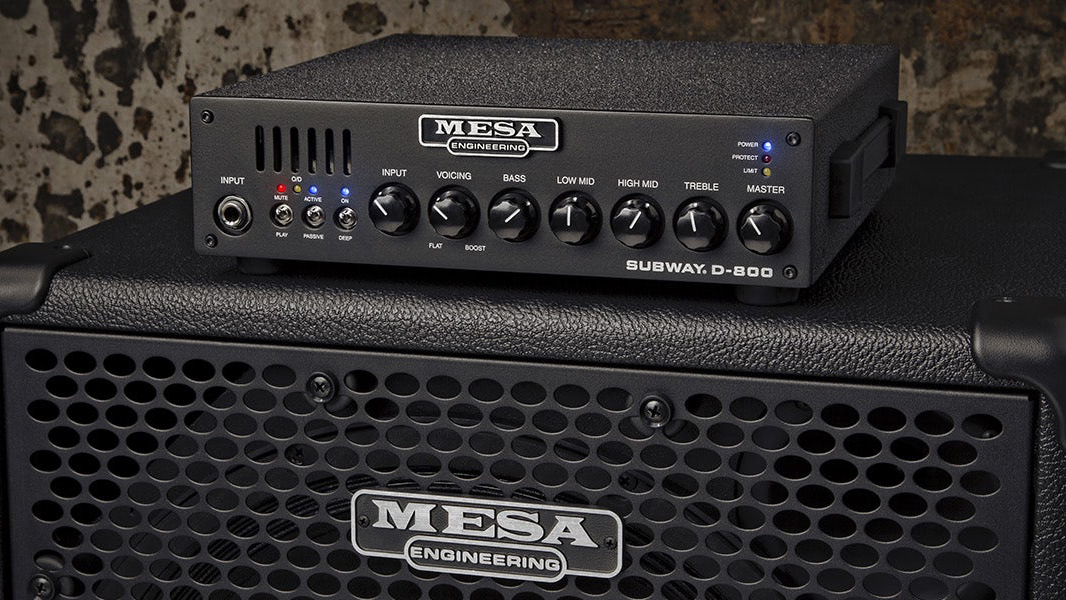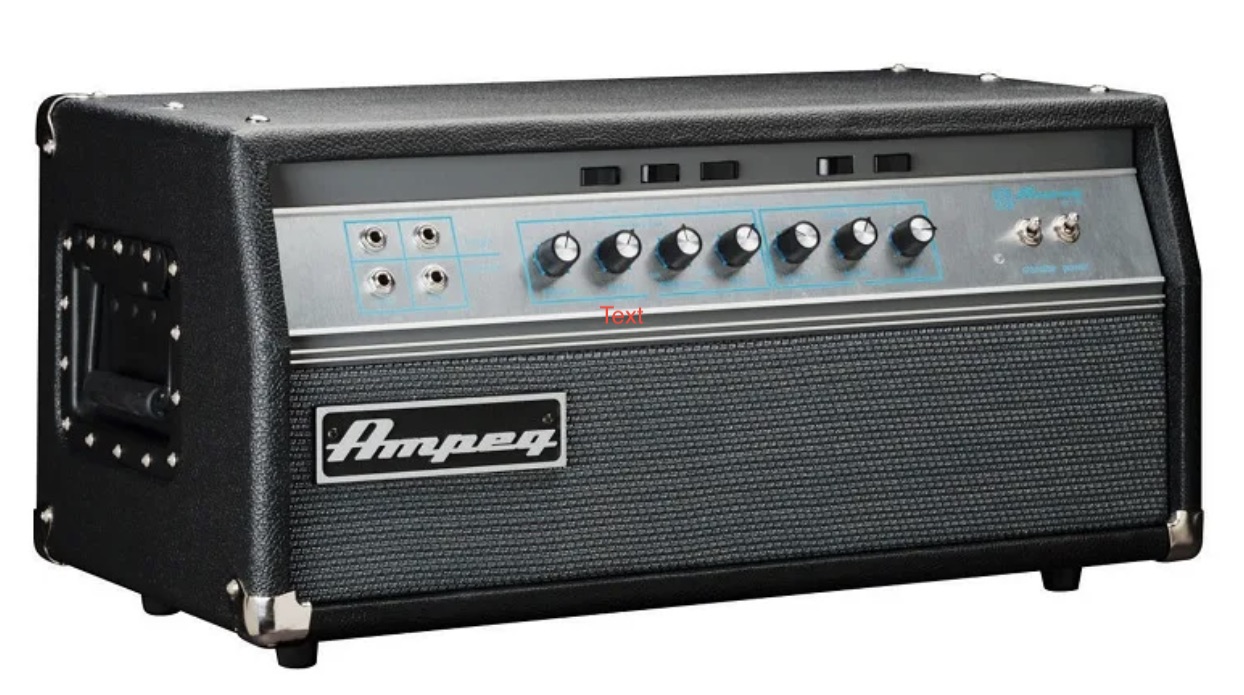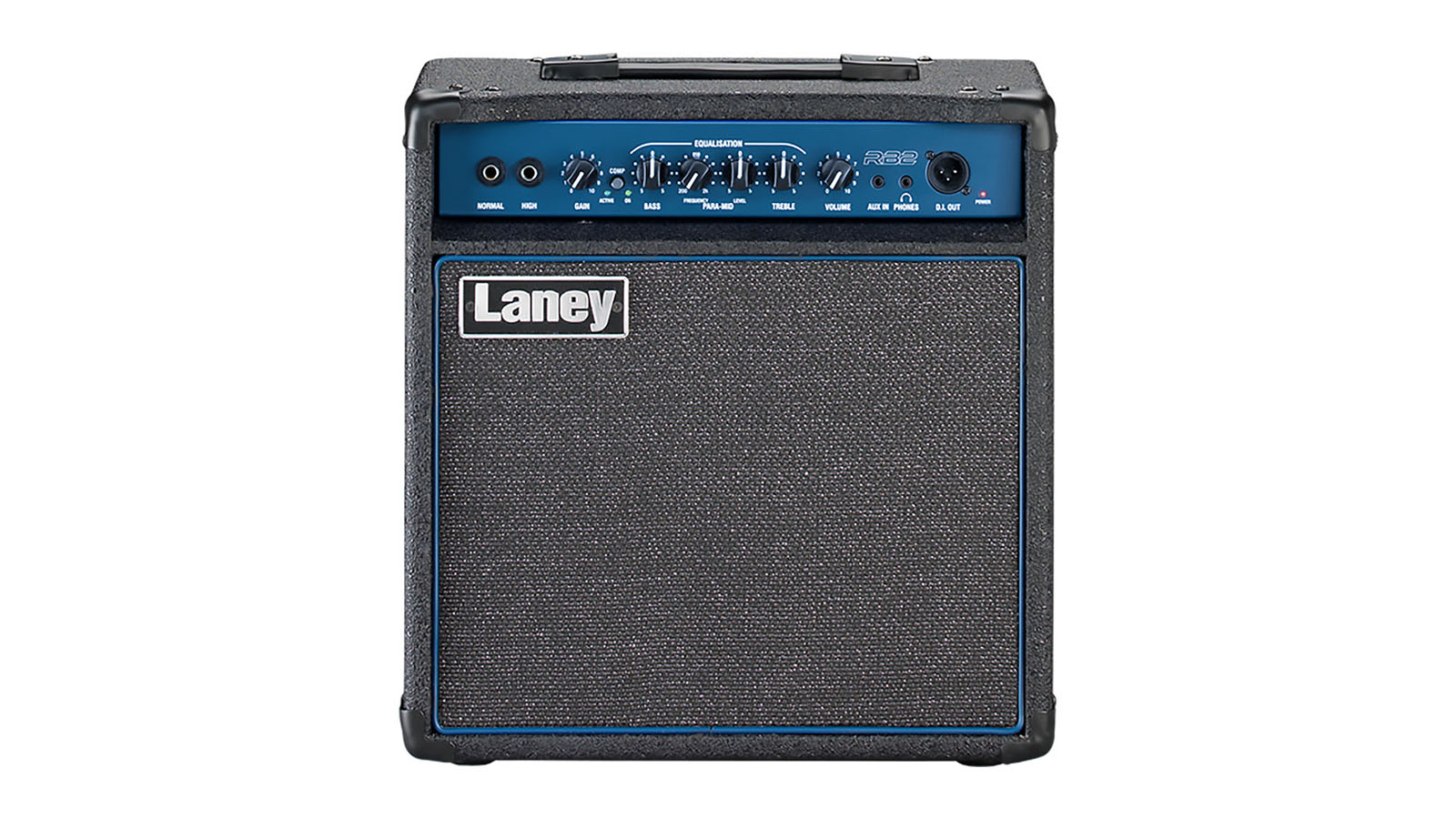Amp impedance explained: how to connect your amp head to your cabinet
You needn't be Sherlock Ohms to fathom the thorny issue of the arithmetic of speaker load. It's really quite simple...

Now, here’s a subject that causes a lot of confusion – the dreaded impedance. Relax while we break the idea down to its simplest terms in order to help you understand what it means, and why it’s important to understand when you’re hooking up speaker cabinets to your bass amp.
Go on then.
Impedance, measured in units called ohms, is the electrical load that the speakers place on an amplifier. Think of it as resistance to the flow of current through a component or circuit. Check out the speaker output on your solid state amplifier. You’ll probably see a warning next to it that says something like ‘4 ohms minimum’.
My speaker cabinet refers to ‘nominal’ rated impedances. What does that mean?
‘Nominal’ means that the impedance tends to change with frequency. All right, so what? Your amplifier operates within certain margins. We hear about its power output in watts, and how we need to match our amplifier and cabinets in that sense, but we also need to pay attention to the impedance load on an amp. Too low an impedance from cabinets is actually worse than when it’s too high.

What do I need to do?
A good guide is to match the total impedance of your speaker cabinets to that of the minimum rating of the amplifier. That said, with a solid-state head, you can have a higher impedance, say 8 ohms load on a 4 ohm minimum amp, and you’ll still be fine. All-valve amps are a little different in that the output impedance specified on the amp is actually the maximum impedance. You’re advised to match valve amps and their cabinets impedance exactly.
Is that all?
I think I can match two identical numbers, buddy. Yes, but when you want to connect multiple bass or guitar cabinets, the impedance changes.
All-valve amps are a little different in that the output impedance specified on the amp is actually the maximum impedance. You’re advised to match valve amps and their cabinets impedance exactly
Ohm my God.
Exactly. Here’s some important things to note. In modern solid-state heads and cabs, the speaker connectors you will find on each are wired in parallel. I’m referring to the sockets themselves, and not how the individual speakers inside a cabinet are wired. It doesn’t matter if you run two cables from the head to each cabinet, or ‘daisy-chain’ (link in a row) from the head to cab 1 and then from cab 1 to cab 2. The impedance load will be the same.
I’ve heard there’s some mathematics involved?
You heard right, but I’ve saved you some effort with these practical examples:
- Two 4 ohm cabs connected to your amp will present a 2 ohm load
- Two 8 ohm cabs connected to your amp will present a 4 ohm load
- Four 8 ohm cabs connected to your amp will present a 2 ohm load
- An 8 ohm and a 4 ohm cabs connected to your amp will present a 2.6 ohm load.
- Three 8 ohm cabs connected to your amp will present a 2.6 ohm load.

Like anyone uses three cabs.
You’d be surprised. You can see that in some cases, the load presented can be lower than that of the minimum rating of the amp, and you will rightly be advised against such configurations in the manual.
I’ve been told things like, ‘This amp needs to see 4 ohms to get the maximum power out of it.’
Using an 8 ohm cab with an amp that specifies, say, 500W RMS at 4 ohms makes less of a difference than you might think. In theory, the amp may then only produce 250W to 350W with the doubling of the load, which might seem like a bad thing. However, for the same amp to be twice as loud, it will need to produce 10 times the power. Losing 150W probably isn’t a big deal.
This is all too difficult. Is there an easier solution that doesn’t hurt my brain?
Yep. This is exactly why combo amps were invented!
Get The Pick Newsletter
All the latest guitar news, interviews, lessons, reviews, deals and more, direct to your inbox!
“The world’s most convenient all-tube amp head”: Steve Vai-backed firm Synergy has unveiled a tiny amp head that lets you swap in tones from some of the world’s biggest amp builders
“Modified connects us with a long-standing tradition of modifying Marshall amps that dates back to the 1970s”: Marshall unveils factory modded takes on the 1959 Plexi and JCM800 – tipping its cap to the amp wizards of rock’s golden era







![Joe Bonamassa [left] wears a deep blue suit and polka-dotted shirt and plays his green refin Strat; the late Irish blues legend Rory Gallagher [right] screams and inflicts some punishment on his heavily worn number one Stratocaster.](https://cdn.mos.cms.futurecdn.net/cw28h7UBcTVfTLs7p7eiLe.jpg)


